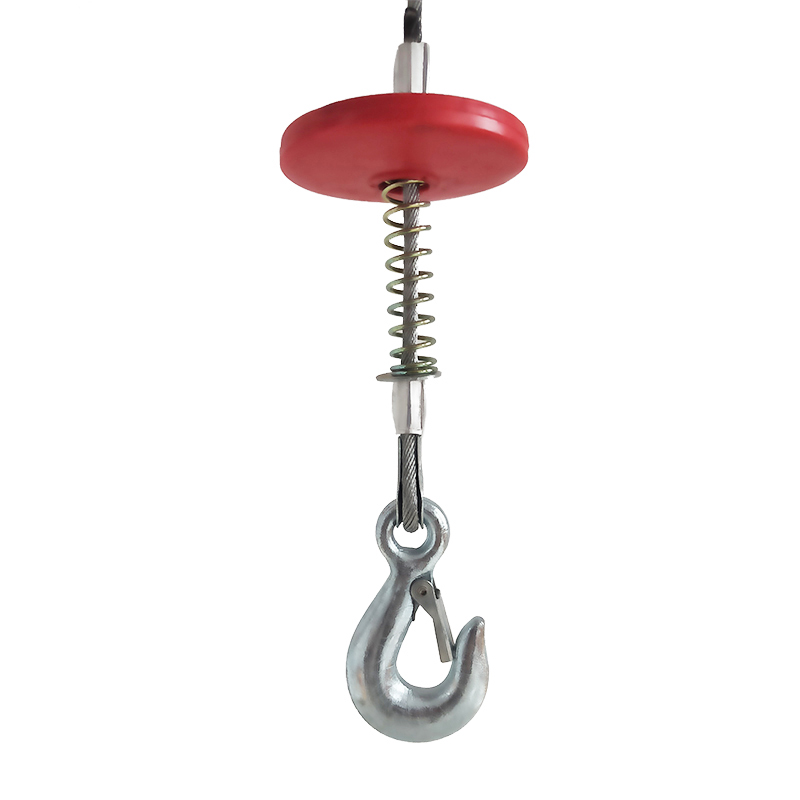


The Essential Role of Pallet Trucks in Material Handling
In the realm of warehousing and logistics, efficiency and productivity are paramount. One of the most critical pieces of equipment that facilitates these objectives is the pallet truck, also known as a pallet jack. This versatile lifting equipment is essential for the seamless movement of goods within industrial environments, making it a staple in operations ranging from large-scale warehouses to small retail spaces.
What is a Pallet Truck?
A pallet truck is a type of material handling equipment designed to lift and transport pallets. Typically equipped with two forks that slide underneath the pallet, this device is maneuvered by a handle that allows operators to steer and control the lifting mechanism. There are various types of pallet trucks, including manual, semi-electric, and fully electric models, each suited for different applications and environments.
Types of Pallet Trucks
1. Manual Pallet Trucks The most basic type, manual pallet trucks rely on human strength to pump the handle, raising the forks to lift the pallet. They are highly durable and ideal for smaller operations where heavy lifting isn’t as frequent.
2. Semi-Electric Pallet Trucks These trucks combine manual use with electric lifting capabilities. The operator must still push the truck, but the lift is powered by a battery. This makes moving heavier loads easier and less strenuous.
3. Fully Electric Pallet Trucks Fully electric models provide both lifting and mobility without manual effort. These trucks are well-suited for larger warehouses or distribution centers where efficiency in transporting goods is critical.
Benefits of Using Pallet Trucks
The use of pallet trucks offers numerous advantages for businesses looking to optimize their material handling processes
- Enhanced Efficiency Pallet trucks significantly reduce the time and physical effort required to move goods
. By allowing workers to lift and transport multiple pallets at once, these devices improve the overall workflow.
- Safety Improvement Handling heavy loads manually can lead to workplace injuries. Pallet trucks minimize the risk of musculoskeletal disorders and other injuries associated with lifting and carrying.
- Cost-Effectiveness Compared to forklifts and other heavy equipment, pallet trucks are relatively low-cost. They require less maintenance and are easier to operate, thereby saving costs on training and repairs.
- Space-Saving Pallet trucks are typically smaller in size compared to forklifts, allowing for maneuverability in tight spaces and compact storage solutions.
Maintenance and Safety Tips
To ensure optimal performance and safety, regular maintenance and adhering to safety guidelines are crucial
- Routine Inspections Regularly check the pallet truck for wear and tear, especially the wheels, forks, and hydraulic components. Address any issues immediately to prevent accidents.
- Proper Training Employees should be trained on the safe operation of pallet trucks. This includes understanding weight limits, maneuvering techniques, and emergency procedures.
- Use in Suitable Conditions Always use pallet trucks on even surfaces. Avoid transporting loads on slopes or uneven terrain to prevent tipping.
- Load Management Ensure that the overloading of pallets is avoided. Operators should be aware of the weight capacity of their pallet trucks to maintain safety standards.
Conclusion
In conclusion, pallet trucks are indispensable tools in modern material handling. Their ability to improve efficiency, enhance workplace safety, and offer cost-effective solutions makes them a vital part of any business dealing with logistics, warehousing, or inventory management. By investing in the right paddle trucking solutions and adhering to safety practices, companies can streamline their operations and ensure a safer, more productive environment for their employees. Ultimately, the effective use of pallet trucks contributes significantly to the smooth functioning of supply chains, enabling businesses to meet their demands and stay competitive in an ever-evolving market.



